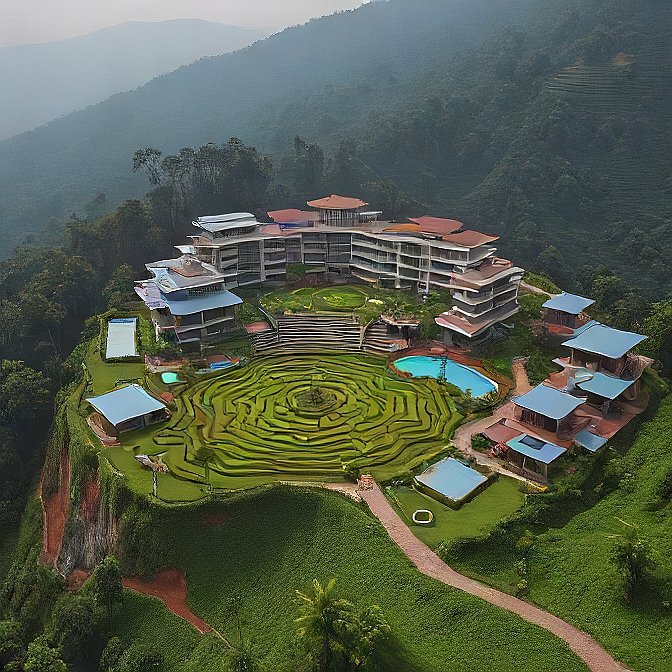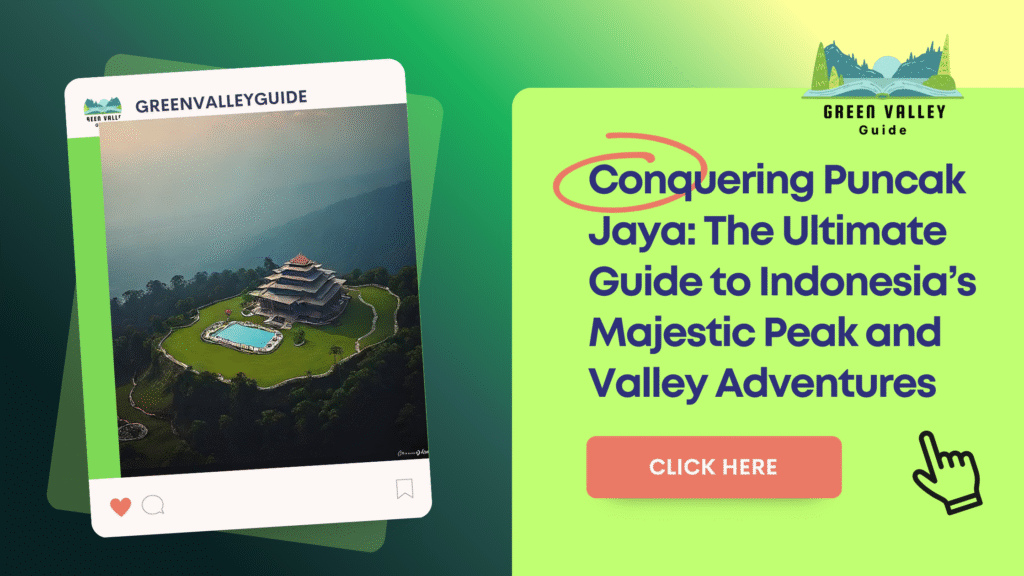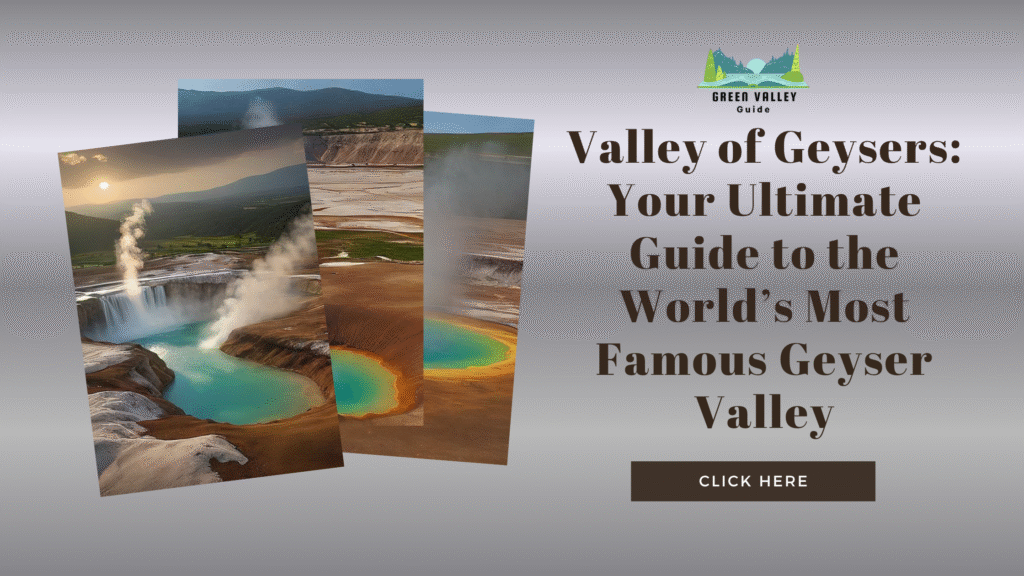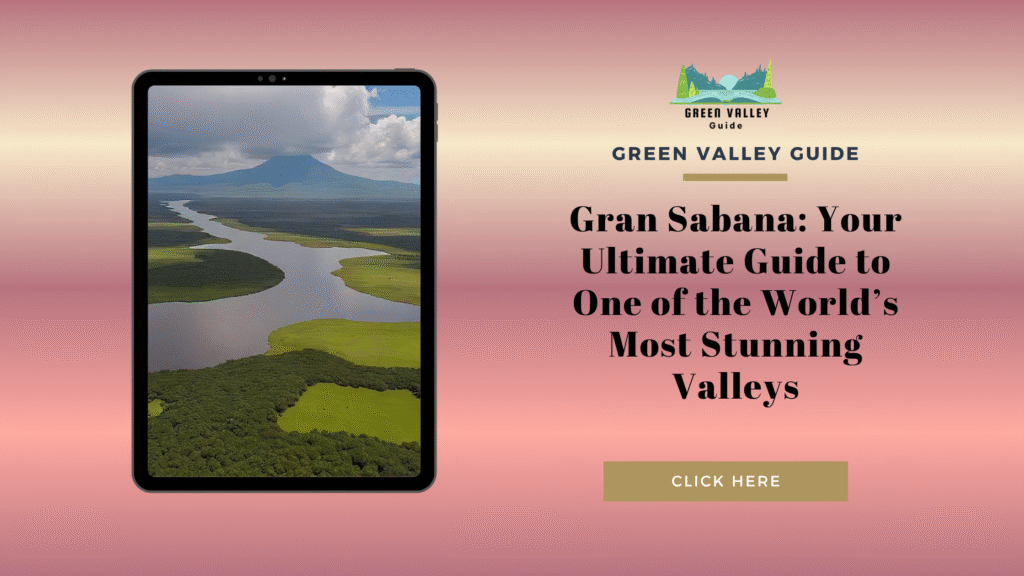Table of Contents
Introduction: Why Conquering Puncak Jaya Is the Pinnacle of Adventure
At a height of 4884 meters (16024 feet) above sea level, Puncak Jaya (also named the Carstensz Pyramid) is not only the tallest mountain in the Indonesian territory, but also the tallest island mountain on the entire planet. Offering climbers one of the ultimate dreams to add such a sacred peak, the crowning jewel in the impressive list of the Seven Summits, or the highest mountains on each continent, to their bucket lists, the mountain is located somewhere in the challenge-proof Papuan highlands and is soaked in the most sacred and mysterious vibes.

Puncak Jaya has nothing whatsoever to do with a high-altitude hike. It is as much a distance, discovery, and living with an indigenous culture climb, as it is an altitude one with steep limestone formations, glaciers all year round (but fast melting), and accessibility in an isolated rainforest.
Then these are your last steps to climb the Puncak Jaya, or the last guide to Puncak Jaya peak, and what you need to know before you set out on your once-in-a-lifetime big journey. Regarding the routes and the access visas to the logistics of travelling, the climbing tricks and the exquisite valleys and the settlements of the tribal people that had maintained themselves under the shadow of the mountain and the foot of the mountain, the complete road map to your most spectacular and challenging journey is to Indonesia.
Where Is Puncak Jaya? Indonesia’s Roof in Papua’s Remote Highlands
Puncak Jaya is located in the rough topography of Indonesia, Papua, in Lorentz National Park, a part of the halogen-bonded UNESCO World Heritage Site. It is the island; it belongs to New Guinea and is a constituent member of the Sudirman Range, which is an eruptive area of snow-capped mountains, a jungle rainforest, and rugged limestone valleys.
This remote area is simply distant from the most common tourist attraction areas, and defeating Puncak Jaya is not only a physical challenge but also a logistical one. Most of the climbers must fly in via small charter flights, a day’s trek through the highland jungle, or provide unacceptably high helicopter movements. But the solitude is made part of the prize- to obtain the key to this unexplored wilderness, is an adventure many a barbarian-seeker will never attain).
The Climb Itself: Routes, Difficulty, and What to Expect
The fact that one should possess the will to climb Puncak Jaya also requires technical skills. The mountain, not being the highest among the Seven Summits, can be discussed as one of the most demanding to approach and conquer due to the presence of both logistical and steepness.
The three broad avenues are:
- Sugapa trail: Trekking through the rainforest and native tribes.
- Ilaga route: a bit longer and no traffic.
- Helicopter landing: People who would like to make a reduced landing using a helicopter.
The summit, in contrast, is a technical rock climb of 5.8-5.10 Yosemite scale. Put on hold, they offer a mixture of rock walls, ropes anchored to the surface of the planet, glaciers, and exposed endings. Most hikes take between 10-14 days on average, including route, weather, and acclimatization needs.
Preparing for the Climb: Permits, Fitness, and Gear Checklist
The treasured nature of the environment and the land of the tribe requires the conquest of Puncak Jaya to come with a number of permits. These include:
- Climbing permits by the Indonesian government
- Right to national park Right to national park
- Papua was where a special permission was granted to foreigners to get access to
One should be in shape. Do some type of training in cardio (to be good at endurance) and in strength (to be good at climbing). You require having some prior longer mountain trips, climbing rocks, and altitude.
Essential gear includes:
- An ascending harness, climbing shoes, and a helmet
- Winter outfits and rain jackets
- Crampons and footwear
- Slimmer backpack with high-calorie food, water disinfecting, and high-resolution GPS
Trekking Through the Valleys Below: Cultural and Natural Riches
The route to the conquest of Puncak Jaya goes through biodiversity and other territories in Indonesia that can be regarded as one of the most culturally abundant. The valleys to these base camps are carpeted with dense rainforest, orchids, and endemic wildlife that accompany these rare parrots.
Tourists also tend to meet the Dani and Moni tribes, whose culture has yet to be spoiled by the modern world. Welcome to warm hospitality, traditional grass huts, and a strong attachment to their land, an unforgettable experience of Puncak Jaya.
It is in the wildest area of the island in the world, the only tropical place that remains a wilderness, and every step is more of getting into the roots of nature and traditional knowledge.
Check Out: Valley of Geysers: Your Ultimate Guide to the World’s Most Famous Geyser Valley.
The Helicopter Option: Fast-Tracking to the Summit Base Camp

Although the traditional means of trekking puts climbers into the raw wilderness of Papua, most of them prefer to use the helicopter option to transport them to base camp in the shortest time possible. This is devoid of the physically demanding jungle experience, and the time taken to make the trip is cut down significantly.
Why choose helicopter access?
- Best suited to time-constrained climbers
- Avoids tough logistics and security hazards in hard-to-reach regions,
- keeps off the fatigue measures prior to the technical climb proper.
Expenditures and operators: The cost of helicopter charters varies between 10,000and 25,000 USD, and in the majority of cases, the operators are expedition companies with government authorities. Choose a licensed provider with experience when dropping off in the mountains.
What you lose: Fast-tracking involves bypassing tribal interplays, jungle walks, and natural acclimatization. Although efficient, some will say that it comes at the cost of part of the soul in conquering Puncak Jaya.
When to Go: Best Seasons for Conquering Puncak Jaya
It all depends on the time when you intend to climb the highest peak of Indonesia. The tropical climate of the area ensures that there is a lot of rain and there is a quick shift in the weather.
- The months between May and October are the best months as they promise drier weather, improved visibility, and safer conditions with rock.
- Traveling in wet season (November to April): Wet season is characterized by thick clouds and rain, which provides a wet environment, making uprooted ground unstable.
- Glacier recession: The mountain has rapidly receding snowfields and glaciers because of the climatic changes, and these changes affect certain climbing routes and render the conditions uncertain.
When climbing Puncak Jaya, you have a high likelihood of success and safety in case you do it during the dry season.
Dangers and Challenges of Climbing Puncak Jaya
Its mild altitude is deceiving; Puncak Jaya is not a pushover. It is a mix of technical climbing, poor weather, and severe isolation.
Main hazards include:
- Altitude sickness: You may get AMS beyond 3,000m, notwithstanding the fact that you have not acclimated.
- Rockfall and slippery surfaces: This can be especially the rainy season.
- Pietra-neve and glacier navigation: In some areas, small groups of roped climbers with crampons are necessary.
- High remoteness: None of the roads allowed to reach speedy and costly rescues.
Puncak Jaya can only be conquered by well-prepared guided climbers, and then the mountain has to be given respect.
Exploring Lorentz National Park: Beyond the Summit
Puncak Jaya is situated in the huge natural Lorentz National Park, which is one of the largest conservation zones and a UNESCO World Heritage Site in Southeast Asia. There is more to the climb than the climb itself.
Highlights include:
- Alpine lakes and highland rivers
- Trekking through cloud forests and orchid-filled valleys
- Wildlife spotting: tree kangaroos, cuscus, birds of paradise, and rare amphibians
Spending time in Lorentz gives travelers a richer understanding of the ecological and cultural richness that surrounds Puncak Jaya.
Eco-Conscious Travel: Climbing Responsibly in Papua

Your experience in climbing Puncak Jaya should be something positive and not destructive. This is a vulnerable nature that needs to be respected, along with the indigenous people living there.
Sustainable tips:
- Take out every garbage-none left behind
- Make sure that the local guides and porters hired are subject to ethical standards
- Promote eco-certified expedition companies in pay fair wages and produce minimal carbon production
You are also advised to consider cultural etiquette in visiting the tribal regions. It is a rule to ask permission first prior to taking photographs, obeying local ethics, and never interfering with holy places.
Conclusion: Standing on the Roof of Oceania
Peak of Puncak Jaya is beyond reaching the top of the highest mountain in the Australasia region, but also of a world where adventure rocks, nature geology and diversity are raw and where you can also get to see and revel in the culture of the region that many travelers are yet to spread their wings and explore. Whether you climb the high limestone spires or the valleys of the Lorentz National Park, as you grow, so do your experiences, which will come to be stories of a lifetime.
Depending on how you come, either on foot or even on a helicopter, either with the crampons or even with the camera, Puncak Jaya can offer you an expedition worth only a serious climber or nature enthusiast. All you have to do is climb responsibly, tread lightly, and live wild in the heart of Papua.
For more info: Click Here.
FAQs About Conquering Puncak Jaya
Q1: How is the climb of Puncak Jaya?
Puncak Jaya is not a technical climb that uses rappelling, fixed ropes, glaciers, and steep rock walls. It is considered one of the most challenging among the Seven Summits due to its remoteness and technicality. It will need to have previous experience of alpine rock climbing and very good fitness.
Q2: Would I need a permit to climb Puncak Jaya?
Yes. It requires various permits to scale Puncak Jaya, which include the Lorentz National Park entrance, Indonesian immigration, as well as authorization of local tribes. Most of the climbers transit through regulated and licensed expression companies that handle all the authorisation.
Q3: Are newbies taking a path to the top of Puncak Jaya?
The mountain is highly technical, which is isolated, hence not recommended for novice climbers. However, with appropriate training, an intermediate climber can go up under supervision, with good training, a guide, and even previous experience of multi-pitch or high-altitude climbing.





